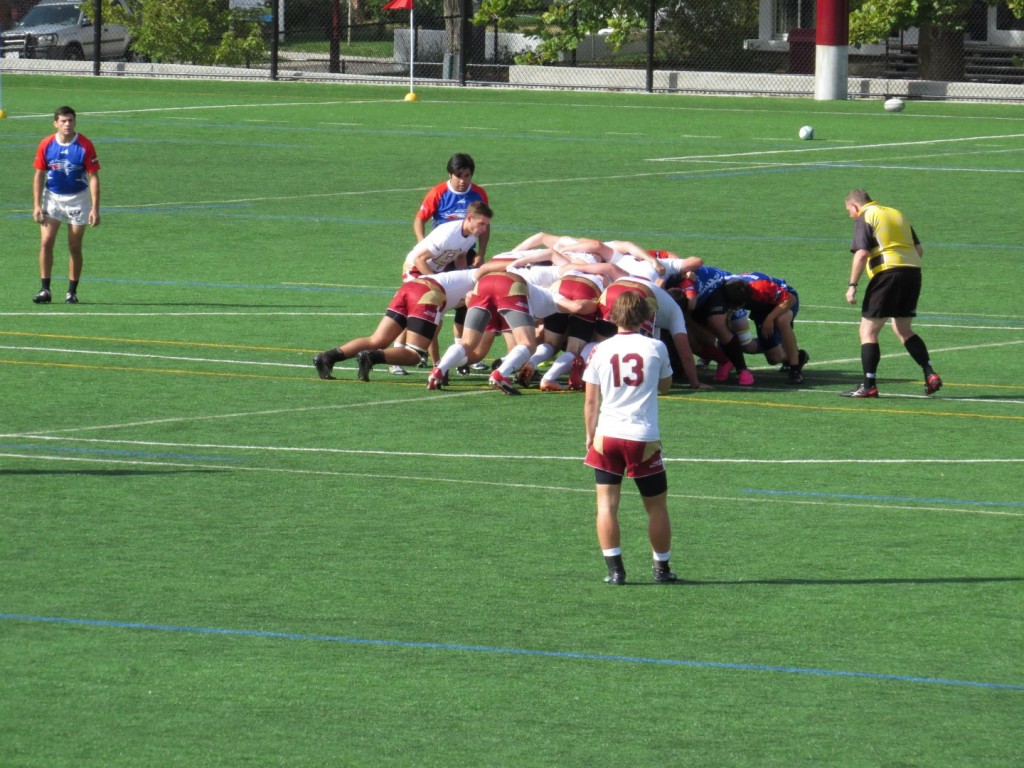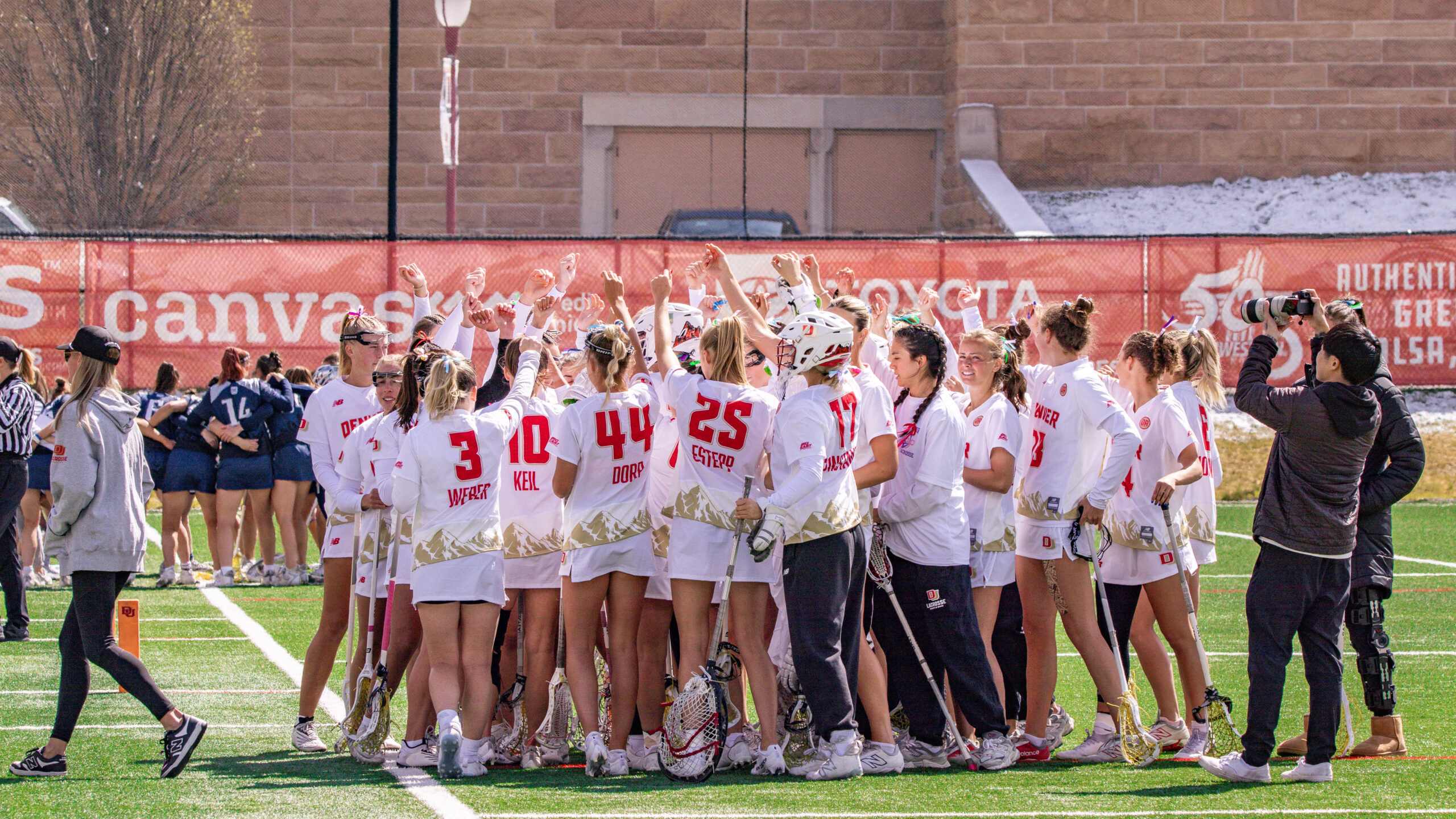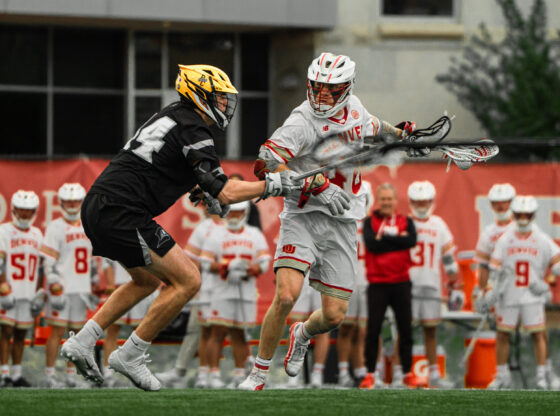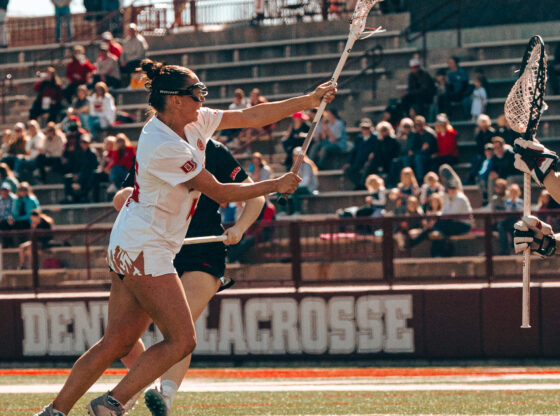For most people, the only exposure to the sport of rugby is from the movie “Invictus”, where Matt Damon pretended to be a South African rugby star. While “Invictus” is a great movie, rugby is much more entertaining if you know what is going on. Here are the down and dirty details.
First off, there are two different types of rugby: 7s and 15s. 7s has seven players a side for two seven minute halves with a two–minute halftime. These matches are short because they are more intense, as less people means more running.
15s has two 40-minute halves with a 10–minute halftime. 15s is the more common version and it is the style that you will see the DU Club Rugby team playing on the Diane Wendt Sports Field.
The game begins with a kickoff in the middle of the field. The ball must be dropped before it is kicked (creatively named a “dropkick”). All players that are on the same team as the kicker must be behind the kicker. This same type of kick occurs after a team scores.
In terms of moving the ball, any player can carry the ball in addition to kicking in order to move the ball around the field. Kicking can occur at any distance or any direction, although passing is the much more common way to move the ball. The biggest rule in regards to passing is the forward pass restriction. The ball must be passed directly sideways or behind.
Tackling is another major component of the sport. When a player is tackled, opposing teams will battle over him in a “ruck” to get the ball out. The passing rule still applies here and the ball must be released backwards.

Two other components are the lineout and scrum; both are used to restart play. If the ball goes past the touch lines (long borders of the field), it will be thrown back in with a lineout. The team who does not cause the ball to go out of bounds will throw the ball in. Then, one person from each team will stand next to each other facing the thrower and other teammates will lift the jumper to catch the ball. The ball is then thrown back into play and the game continues as usual.
The scrum is more complicated and is used to reset play after a minor penalty, such as a forward pass. Eight players from each team are part of the scrum. When the scrum is set, the players will engage and essentially ram into each other. The team that did not draw the penalty has one teammate (called the scrum half) who will place the ball into the center of the scrum where the two teams are engaged. The teams battle to kick the ball out of the scrum and to their teammates in order to continue regular play.
To score, a player must make it behind the goal posts at the front of the in-goal area. Then they must physically touch the ball to the ground. Fun fact: that’s where the term “touchdown” in American football came from. This is called a try and counts for five points. Two more points are available after a try if a player can successfully kick the ball through the uprights. The kick occurs directly perpendicular to where the ball was grounded, so scoring a try nearer the uprights is ideal.
At this point, hopefully you have a general idea of the biggest rules of this rough–and–tumble sport. There is a lot more to it than the few things I discussed, so attend a DU Club Rugby game to see for yourself.
The next home Club Rugby game is scheduled for Oct. 24 at 7 p.m. against Colorado State University-Pueblo at the Diane Wendt Sports Fields.










